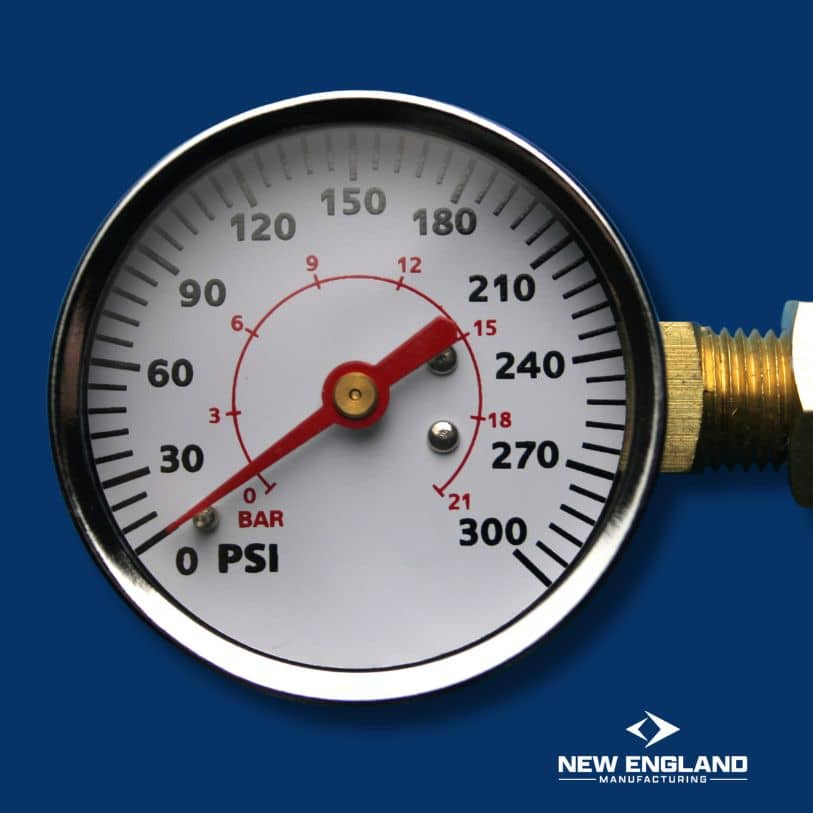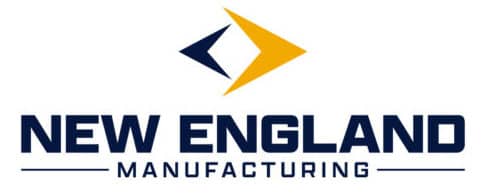How to Check Water Pressure Without a Gauge
Water pressure is an essential factor in maintaining the efficiency of your plumbing system, but not everyone has a gauge to measure it.
If you’re wondering how to check water pressure without a gauge, there are simple and effective methods you can try using everyday tools and keen observation
These techniques can help identify whether your water pressure is too low, too high, or just right, ensuring smooth functioning of your household appliances and plumbing fixtures.
Why Water Pressure Matters
Water pressure directly impacts your daily life and your plumbing system’s efficiency. Understanding its importance and knowing how to measure it, even without a water pressure gauge, helps highlight the need for proper monitoring.
Key Reasons to Check Water Pressure:
- Prevent plumbing damage: Excessive pressure can burst pipes or damage appliances.
- Improve water efficiency: Low pressure often signals leaks or blockages.
- Enhance comfort: Consistent pressure ensures a smooth flow for showers, washing dishes, and more.
Signs of Low or High Water Pressure
Before testing, observe these indicators that suggest your water pressure may be off:
Signs of Low Water Pressure:
- Slow water flow from faucets or showers.
- Washing machines and dishwashers take longer to fill.
- Reduced water output when multiple fixtures run simultaneously.
Signs of High Water Pressure:
- Noisy pipes or banging sounds (water hammer).
- Quick draining of water tanks.
- Premature wear of water heaters and fixtures.
Methods to Check Water Pressure Without a Gauge
Experts like Gary Klein emphasize the importance of choosing the correct pipe size to prevent dips in water pressure. Klein demonstrated how water pressure can easily drop due to system variables, such as pipe runs or plumbing setups.
Here are some effective ways to evaluate your water pressure using everyday items and observation skills.
1. Bucket and Stopwatch Method
This simple technique measures the flow rate of water, which indirectly reflects your water pressure.
Steps:
- Choose a faucet close to the main water supply line for accuracy.
- Take a container (preferably a 1-gallon bucket) and place it under the faucet.
- Turn on the faucet fully and start the stopwatch.
- Record the time it takes to fill the container.
Flow Rate and Pressure Estimation:
- Filling a 1-gallon bucket in 15 seconds or less indicates strong pressure.
- If it takes more than 30 seconds, the pressure is likely low.
2. Check Faucet Aerators
The aerators on your faucets can provide clues about water pressure.
Steps:
- Unscrew the aerator and inspect it for debris or mineral buildup.
- Clean or replace the aerator if blocked.
- Observe the water flow after reattaching. A clean aerator but weak flow suggests a pressure issue.
3. Shower Test
Your shower can also serve as a rough indicator of water pressure.
Steps:
- Turn on the shower to full flow.
- Measure the time it takes to fill a 1-liter bottle.
- Compare with these benchmarks:
- Filling in 6-8 seconds indicates adequate pressure.
- Filling in 15 seconds or more signals low pressure.
4. Toilet Refill Time
Toilets rely on water pressure to refill the tank quickly after a flush.
Steps:
- Flush the toilet and start a timer as it refills.
- A standard tank should refill within 1-2 minutes under normal pressure.
- Delays beyond this range may point to pressure problems.
5. Inspect Water Flow from Multiple Fixtures
Observing water flow consistency across various fixtures provides insights into pressure issues.
Steps:
- Open multiple faucets simultaneously.
- Check whether the flow diminishes significantly.
- Consistent flow across fixtures indicates stable pressure, while a drop points to low pressure.
Table: Flow Rate and Pressure Comparison
| Flow Rate | Pressure Level | Indicators |
|---|---|---|
| 0-5 gallons per minute | Low pressure | Slow flow, delays in appliance function |
| 6-10 gallons per minute | Normal pressure | Smooth performance for daily activities |
| Over 10 gallons per minute | High pressure | Potential for leaks, noisy pipes |
Common Causes of Water Pressure Issues
Understanding the root cause of pressure irregularities helps resolve the problem effectively.
- Leaks in the Plumbing System
Leaks are a major reason for low pressure. Inspect visible pipes for drips or damp spots.
- Clogged Pipes or Fixtures
Mineral deposits and debris buildup reduce water flow, especially in older systems.
- Closed or Partially Closed Valves
Ensure all valves in your system are fully open.
- Municipal Supply Problems
If multiple households in your area face similar issues, contact your water provider for information.
How to Resolve Water Pressure Problems
Once you identify whether the issue is with low or high pressure, these solutions can help:
Low Pressure:
- Clean faucet aerators or showerheads.
- Fix leaks promptly.
- Install a pressure booster if the municipal supply is weak.
High Pressure:
- Install a pressure regulator to maintain safe levels.
- Replace faulty valves or worn-out pipes.
Final Thoughts
Knowing how to check water pressure without a gauge can save you time and money while protecting your plumbing system. By observing simple clues and using basic tools, you can quickly identify potential issues and address them before they escalate.
Looking for high-quality manufacturing solutions tailored to your needs? New England Manufacturing delivers precision, innovation, and reliability in every project.
Contact us today to discuss your project and discover how we can help bring your vision to life!

Mark R.
With a strong foundation in industrial safety and fire protection systems, Mark R. specializes in creating clear, technical, and compliance-driven content. Writing for SafeTech Reports, he covers topics such as fire hydrant testing, PPE protocols, emergency procedures, and smart technology integration in safety systems. His work ensures that professionals stay informed on the latest regulations, best practices, and emerging trends in safety and infrastructure maintenance.
Get in touch
We usually respond within 24 hours
Need Reliable Water Flow Test Equipment?
For over 70 years, New England Manufacturing has been the trusted source for fire hydrant and water flow testing kits. From pitot gauge kits to custom test kits, we provide precision, durability, and expert calibration to meet your needs.
- Custom-built test kits
- High-quality pressure gauges
- Reliable calibration services


